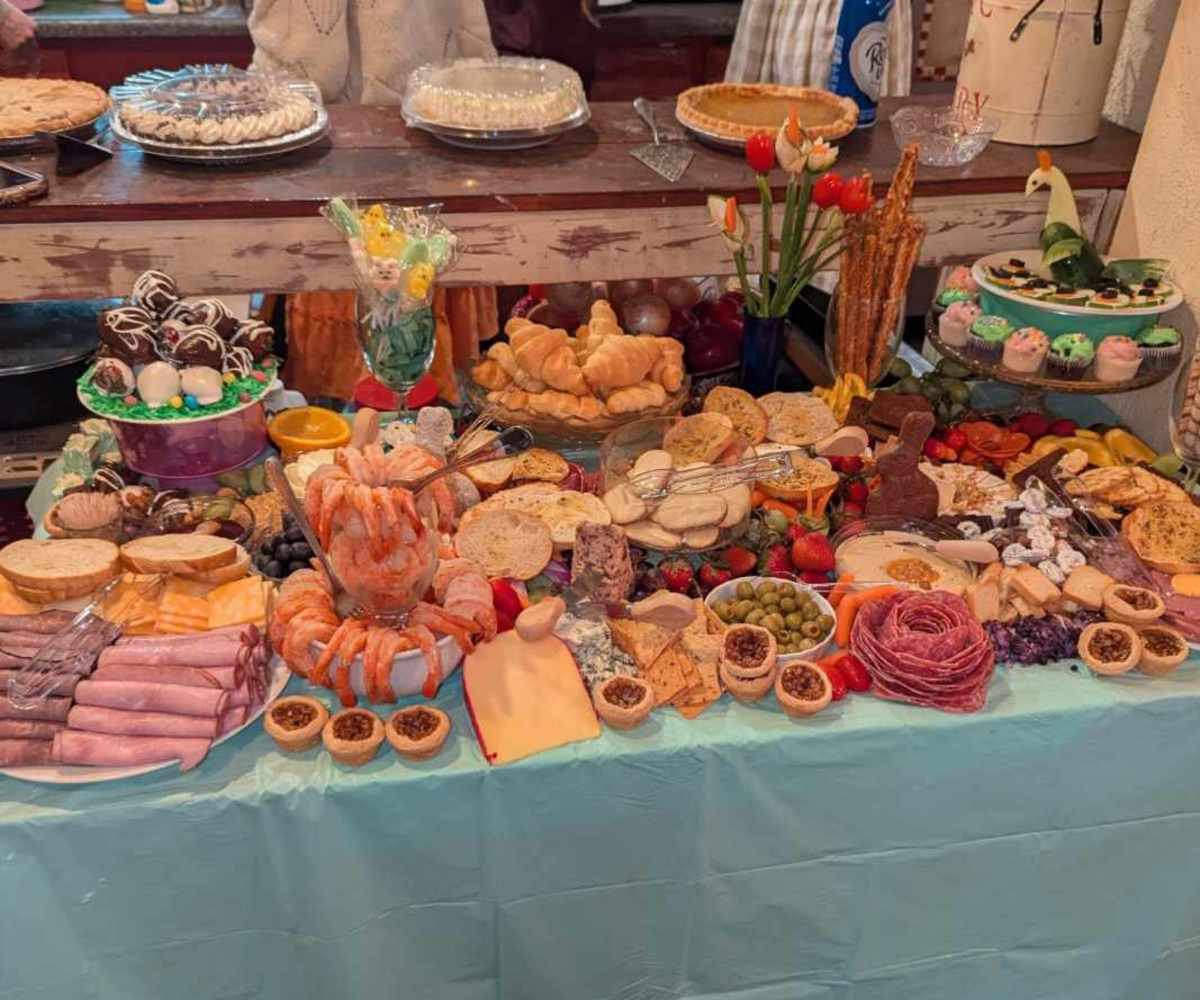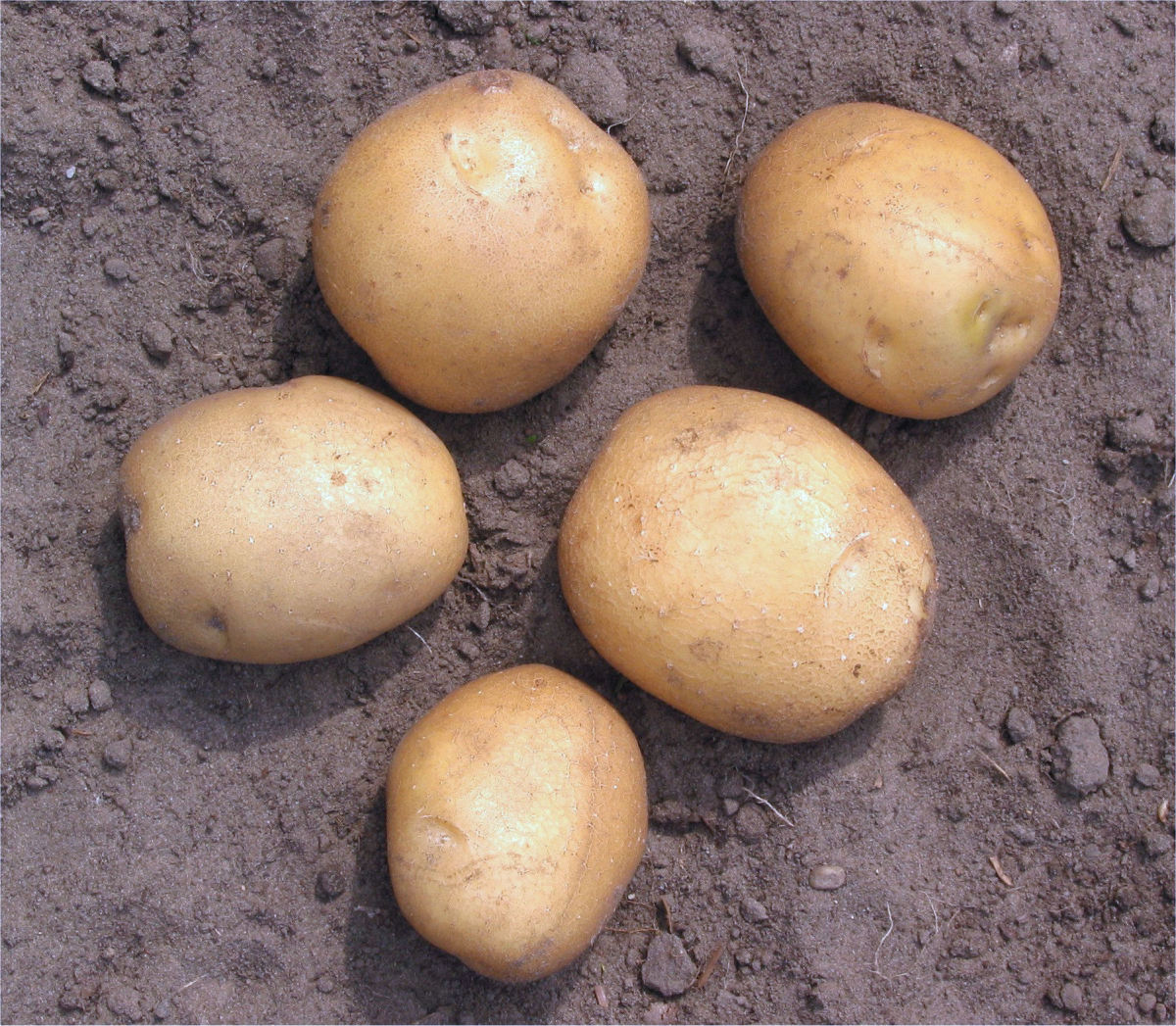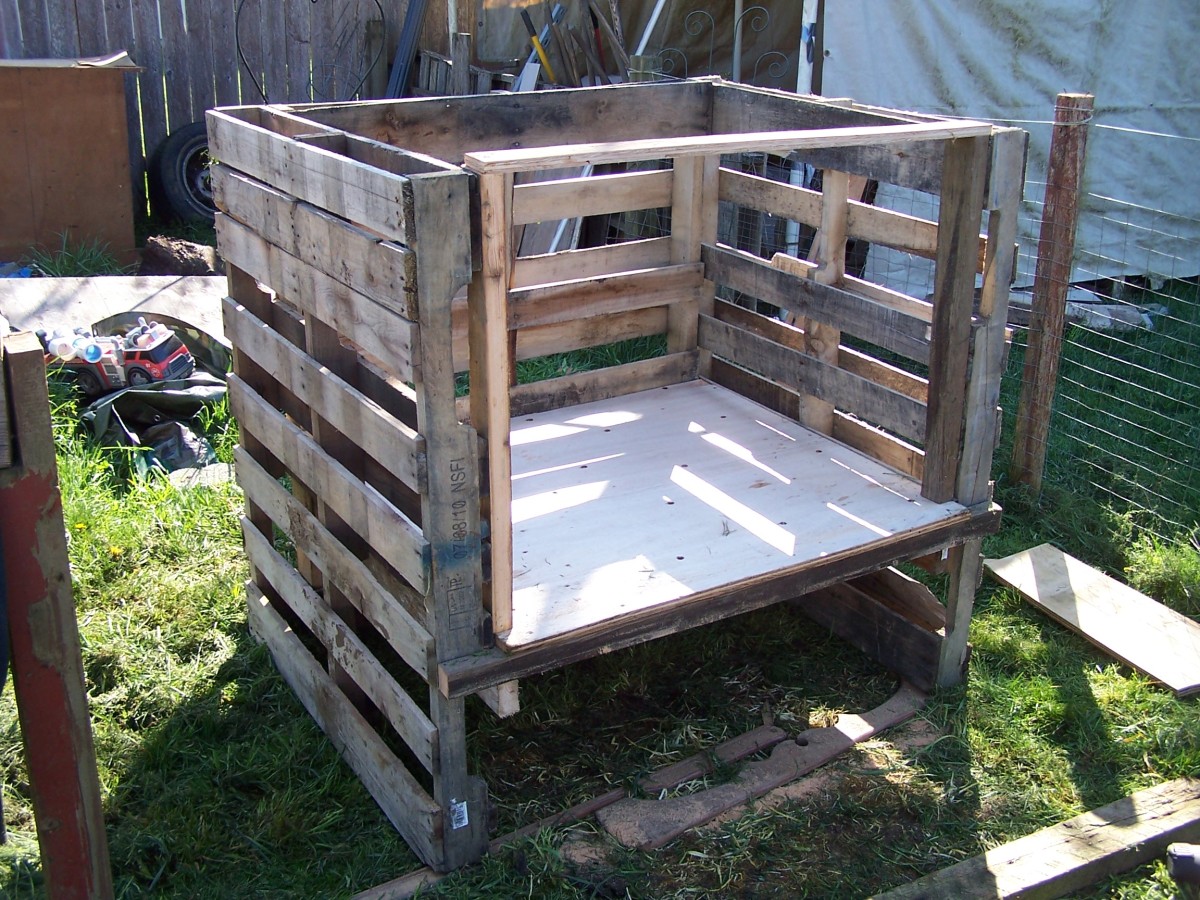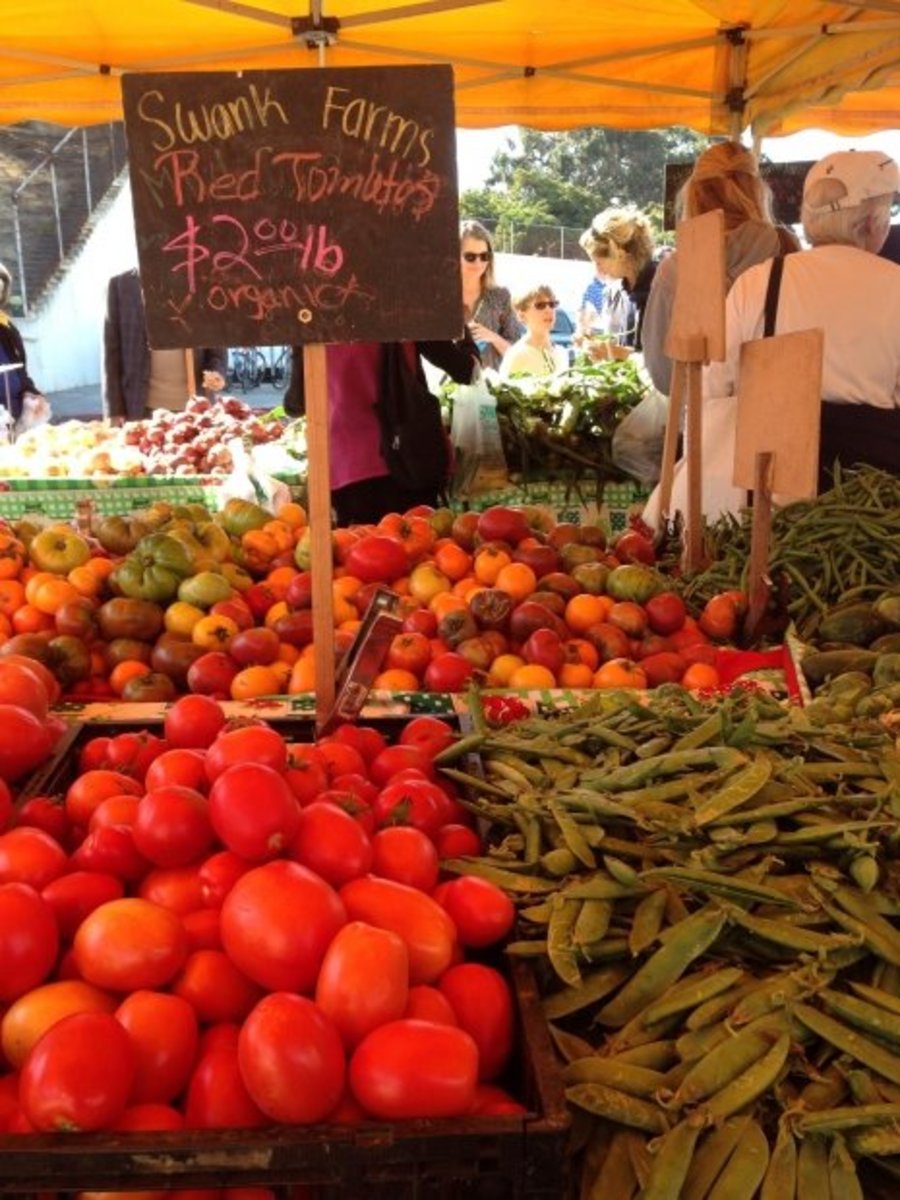Forage and Pasture Management Part I: The Basics of Soils and Plants
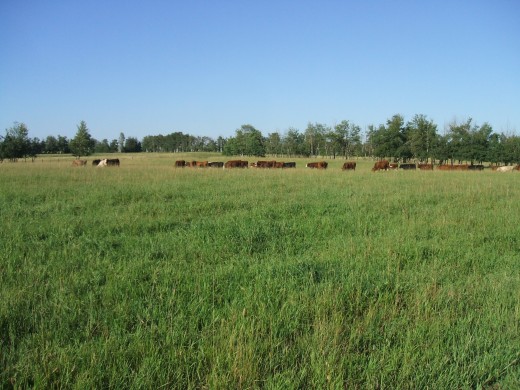
Pasture, by definition, is an area of land utilized by man to feed his livestock without having to be physically feeding them: they feed themselves, through what is called grazing. Grazing is the act of an animal lowering its head to cleave or tear off herbaceous plants from the ground with its mouth and swallowing them, often whole. These herbaceous plants include grasses, herbs, forbes, sedges, and rushes that do not have a woody stem like those of shrubs and trees. The soil is the foundation of all life, and is an abiotic component that is vital to a plant's health. Soil contains nutrients, minerals, and even animal life, and is comprised of substances that enables plant life to anchor themselves via roots, and, at the same time, gain moisture, vitamins and minerals sub-surface while absorbing energy from the sun, moisture from the air, and oxygen, carbon dioxide and nitrogen from the atmosphere.
Pasture management is a way of managing grazing animals such as cattle, sheep, goats, horses or other grazers so that health of the soil and grasses and legumes (forbes) are maintained for the benefit of both grazers and plant life. Good pasture management entails soil quality and type, grass species and type, nutrient cycling, stocking rates, climate and seasons, topography, and types and species of grazers involved. All seem to be individual in the way they are considered, but all interlock to determine how pasture and forage management is successful.
Good Pasture Management Starts with the Soil
As you may not be aware of, soil type does not remain the same for one country. For instance, Canada does not have just one type of soil, like Black Chernozemic soil which is found in the priaries, or Grey Luvisols like that found up where the Boreal forest begins. Canada has multiple types of soils to accommodate for the variety of terrain and other landscapes found within this country, and even then each type is not the same no matter where you live. For instance, one farm with one quarter section (160 acres) can have two or more different soil types. This is due to topographical differences such as natural hills and valleys, as well as the amount of rainfall a particular area on that farm receives. \In the United States, there is just as much variation in soil type (perhaps a little more) as there is in Canada; all other countries of the world also have variances in soil type.
On the farm I live on, the most notable area with more than one soil type is on one 40 acre field, with an area that is no bigger than less than an acre in that field. This area contains a valley where a creek used to flow long ago, and a hill climbing immediately up from this gulley. In the old creek bed, the soil is noticeably brown. Crop plants that grow in there tend to grow more poorly than the ones on the hill. This could be attributed to some of many things: soil type, soil quality, moisture, pH level (acidity/alkalinity), salinity, soil microstructure, etc. The two or three biggest factors could be 1) soil type 2) excess moisture, or 3) pH level. Generally, we have Grey Luvisolic soils, or soils that are found where deciduous and coniferous trees converge; essentially, this soil is found along the "belt" that is a transition zone to the Boreal forest. It is a clay-loam type soil, suitable for growing crops and pasture. The soil that is found in this old creek bed is more of a Brown Luvisolic soil, which has a structure that tends to retain water instead of letting it go (making it more clayey), and also, I believe, has a slightly lower pH level than the other soil types on the hill. Anyway, this brownish soil, as we move up the hill, goes from brown to dark grey to grey. So really, we are moving from a more clayey soil to a more loamy soil. Crops like loamy soils, as well as other plant species that are not adapted to soils with too much clay.
For good pasture management, you MUST know your soils. This is especially true if you are converting a crop field to pasture, and you have to determine what grasses will do best for that field. Your local extension office or provincial agricultural information office will have maps of soil type for you to look at. Keep in mind three components that make up soil: clay, loam, and sand. Any or all of these can be intermixed to create different types, colours and qualities of soil.
Soil quality is a bigger issue when increasing pasture productivity. Fertilization is necessary at this point, but it is not wise to fertilize without knowing what you need to fertilize for. Having your soil tested is paramount to adequate fertilization, as it will determine what minerals are missing and how acidic your soils are. Potassium, Nitrogen, Phosphorus and Calcium are the four most important nutrients that your soil needs to have; a good balance of these minerals in your soil will contribute to increased soil health and as a result, increased pasture health. Calcium is more contributed to pH level of your soil (thus lime is a calcium-based substance); the other three macrominerals are attributed to growth, vigour, and overall health of plants. Soil testing cannot be done by yourself, so you need to send off samples to a lab that will do this for you. Be sure to take samples from different parts of your field or pasture (and label them to know which parts of the field or pasture you took them from), taking samples from the surface and as far down as the topsoil will go. The results you get back will contain numbers on percentage or units/area of how much K, P, N you have, as well as organic matter, pH level, salinity, and often the type of soil. The report should also include what your soil should have, what is in excess of and what is lacking. K, P, N and pH levels are those of most concern.
Soil quality also determines how you graze your livestock. Grazing livestock in such a way that their waste (feces and urine) are evenly distributed will help in maintaining and increasing soil quality. Having your livestock deposit wastes in the pasture is the most natural way to give back to the pasture what the animals have taken out: this is nutrient cycling. With a permanent pasture and good rotation practices, the carbon, nitrogen and water cycles are able to be completed just like that done in nature. And of course, this is where plants, animals and soil interlock to create a healthy, diverse pasture grassland. Overgrazing and undergrazing are issues that should be addressed when faced with the issue of improving soil quality. Keep in mind that in most cases, it is better to undergraze your pastures than overgraze them.
The Forages Themselves
Forages are herbaceous plant matter that domesticated animals consume, be it harvested themselves or harvested and fed to them by humans. Forages include grasses (like those used for cereal crops, hay, and pasture), and legumes.
A good pasture has a wide variety of grasses, from brome to fescue to wheatgrass and everything else in between and out. Variety in legumes are also common; most pastures contain alfalfa, clover, vetch, trefoil, sanfoin, etc. This diversity in plant life mimics the plant diversity in a natural grassland, like that found in native grasslands that are being conserved for beneficial wildlife habitat. Plant diversity not only affects competition between plants, but it also affects soil health in ability to prevent too much soil compaction by the hooves of cattle, and increase water absorbancy, organic matter content, nutrient cycling, habitat for wildlife, quality forage for livestock, and ability to form healthy sod underground. Each different type of plant used in pasture management has different tools that can be used to increase pasture productivity and health.
Legumes are one of the tools to increase pasture productivity. They are nitrogen-sequesters, in a sense, able to asborb atmospheric nitrogen that all grasses cannot utilize, and convert that atmospheric nitrogen into a nitrogenous substance that grasses are able to take up in their roots. The nodes on these legumes are they key to how nitrogen is, essentially, "put back" into the soil from what the leaves absorbed from the atmosphere. Legumes are also deep-root plants, with a taproot that descends many feet into the earth. They help "punch-through" soil that has been compacted by too much hoof action when pastures are being intensely grazed. Planting deep-rooted plants are better for the environment than having the pasture plowed under. Leguminous plants also are good to have for pasturing lactating cows, as they have a higher calcium and protein content than other plants. However, some legumes like alfalfa and clover are anti-quality factor plants as they contribute to a high incidence of bloat. In that case, cows that are turned out to an alfalfa pasture should not be hungry initially, or should have access to other roughages or grasses that will slow down the protein break-down process in the rumen. I will cover bloat in full on another hub.
There are many species of grasses in the world, but there are six different types of grasses, each having enough information on that will be covered in a future hub. However I will go over them as briefly as I can. C3 and C4 grasses are grasses that have different growth patterns according to the environment they thrive in: C3 grasses, also called "cool-season grasses", are able to withstand a cold winter dormancy under snow, and begin their life cycle in the early spring. C4 grasses are warm-season grasses that are considered annuals where C3 grasses are hardy perennials. However they are perennials in areas where they are not affected by cool springs and frigid winters, and tend to flourish under hot summer and autumn days, beginning their life cycle in late spring/early summer. Native (hard) grasses are more coarser and need to be grazed after they have gone to seed. Native grasses are, well, native or aboriginal to the particular grassland area where they have been grown long before man turned over the priarie or meadows for crops. Tame (soft) grasses are non-native, and more softer in texture than native grasses, and do well if grazed in their vegetative stage (before seeding). Sod grasses tend to spread themselves along the ground, putting tillers here and there, and leafing out in a more horizontal way. Their roots are dense and form a sod. Bunch grasses grow in a tall bunch like that of a stack of scythed and bundled wheat, growing vertically and much taller than sod grasses. The roots of these bunch grasses are deep but are not as dense, making them easy to be pulled up by grazers, but are a farmer's dream when used for hay.
Most pastures have tame grasses that can be grazed, however some pasture/ranges also have native grasses. Pastures with native grasses should be managed as breifly described above, otherwise you will find that these native grasses will quickly cease to exist. Pastures should also have more sod grasses than bunch grasses, as they tend to be more productive under grazing conditions than for hay. You should also have the species of grasses that match those that grow wild on other parts of your farm, such as in among trees, in areas of a field that are impossible to reach by farm implements, in ditches, and even in your lawn. If you are not aware of those wild or volunteer grasses around "unused" areas of your farm or acreage, you will find that the grasses that have never nor will ever do well in your area or for your type of management practice, do not exist for long in your pastures. They tend to weed themselves out and get replaced by those that do better in your soils and climate and topographical features. Poor grazing practices may contribute to the decrease in population of more desirable grasses in your pasture. Overgrazing and/or selective grazing tends to be the main culprit for this.
On the other hand, lack of education of proper grazing forages and proper grass classification is also an issue: for instance, we had a pasture that was planted with orchard grass, timothy, smooth brome, crested wheatgrass, and creeping red fescue. Soon those plants that weren't meant for being grazed succumbed to the more desirable plant species that increased under grazing. These included smooth brome and creeping red fescue, as well as volunteer quackgrass, meadow brome, kentucky bluegrass, alfalfa and clover. The timothy and orchard grass will only last for a couple years, before succumbing to too much grazing pressure. My analysis is this: Timothy is more suitable for hay, and does poorly in pasture. Orchard grass is an okay pasture grass, but is short-lived, and tends to seed out quickly. Crested wheatgrass is more suitable for dry, arid areas and tends to die off when faced with "excess" moisture, which is not in excess for my area. Where creeping red, kentucky bluegrass, quack grass, meadow brome and smooth brome, as well as four main legumes including dutch white clover, alfalfa, hairy vetch and red clover thrive under good grazing practices, it is these plants that should've been seeded for that pasture. We had another pasture that hadn't been plowed under for years that had first been used for hay, but then when we decided to extend pasture space, was turned into grazeable pasture. It had all of those desirable plant species in it that made it excellent for grazing our stockers on. And it thrived! Year after year it came back as the most productive pasture in our area. Ironically, it's funny that the person who was responsible for seeding one of the renovated pastures failed to see that. Oh well, it's a lesson learned!
For more information on what species of grasses are best for you, go to your local extension office, or buy a book that classifies the types of grasses you have in your state/province.

